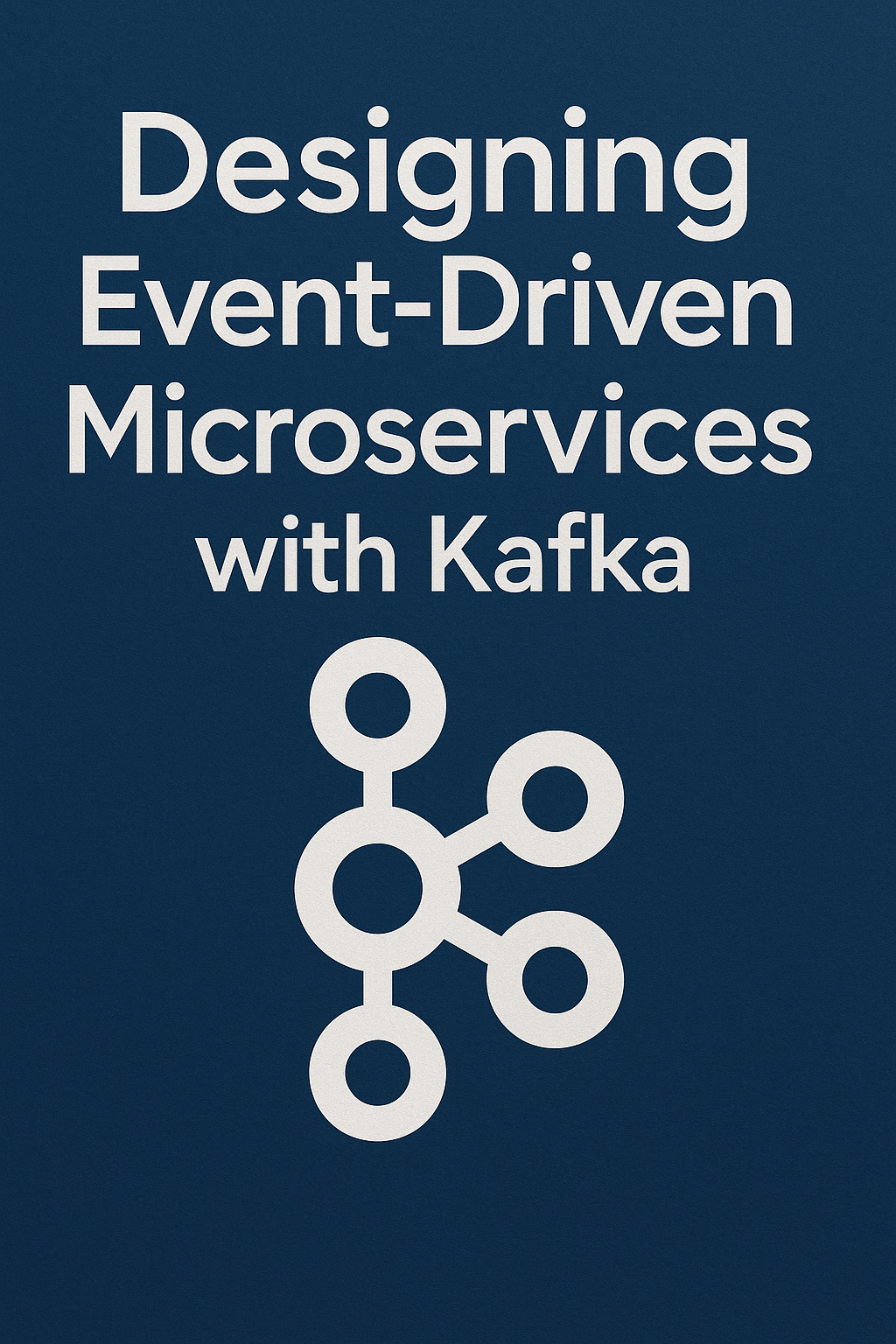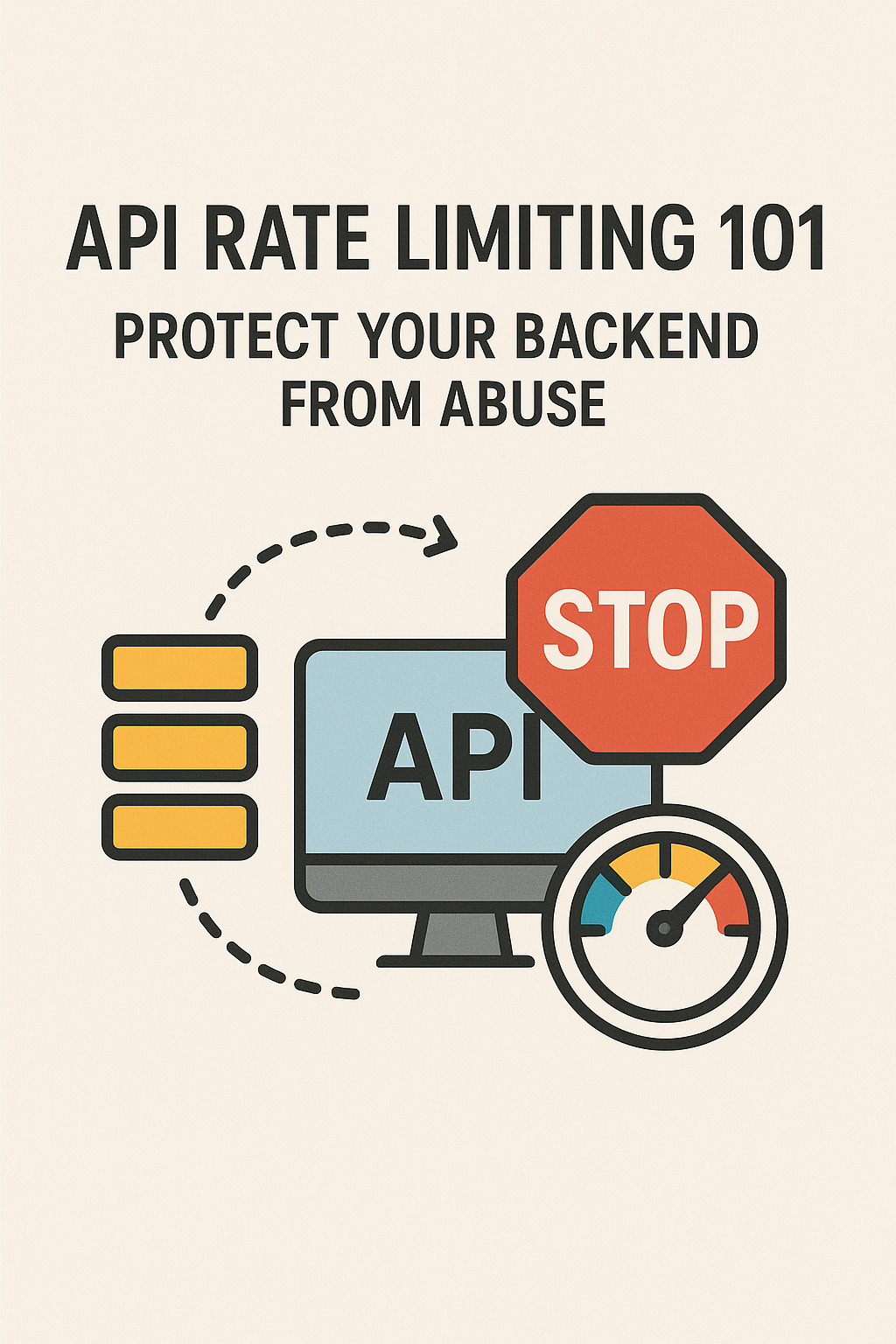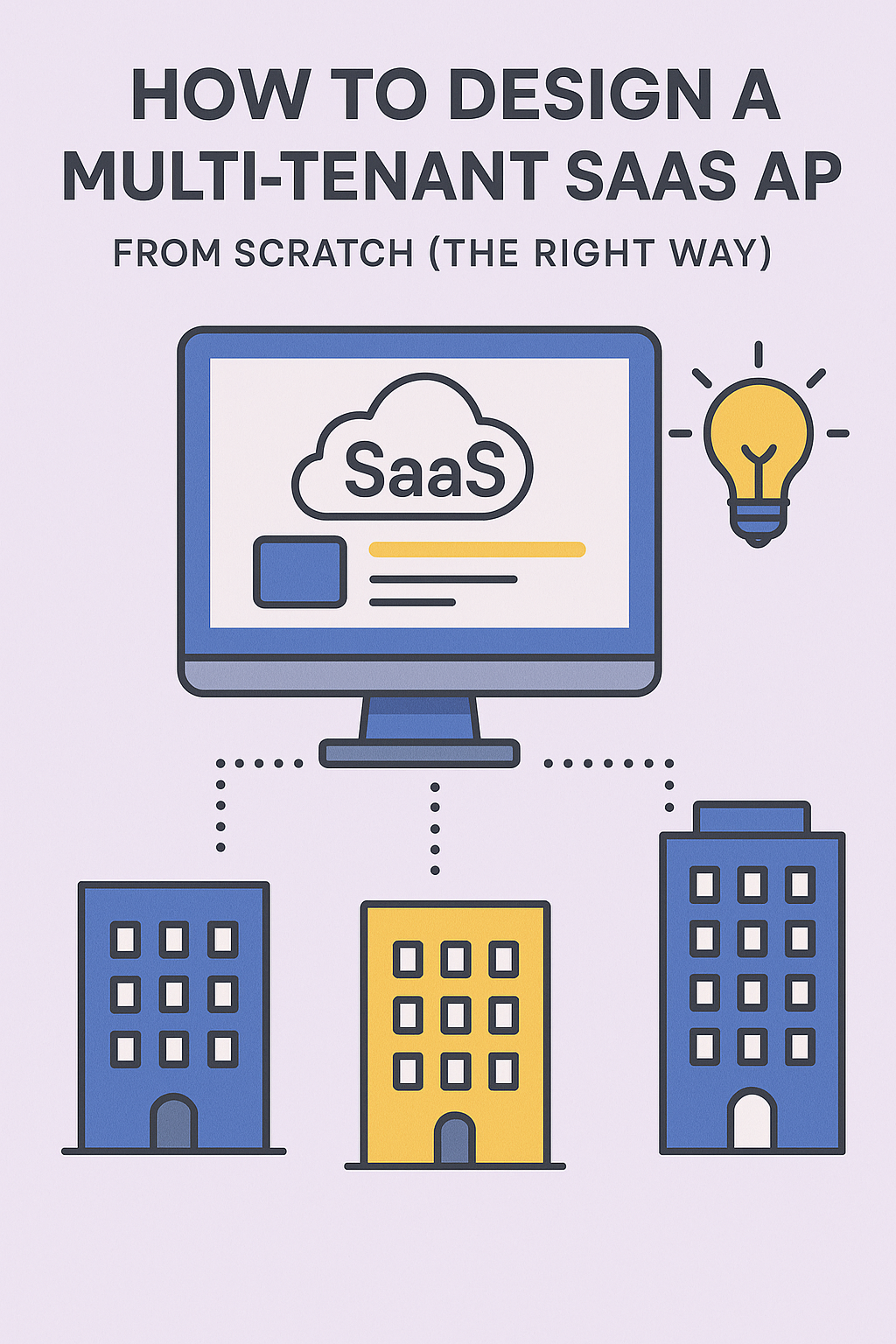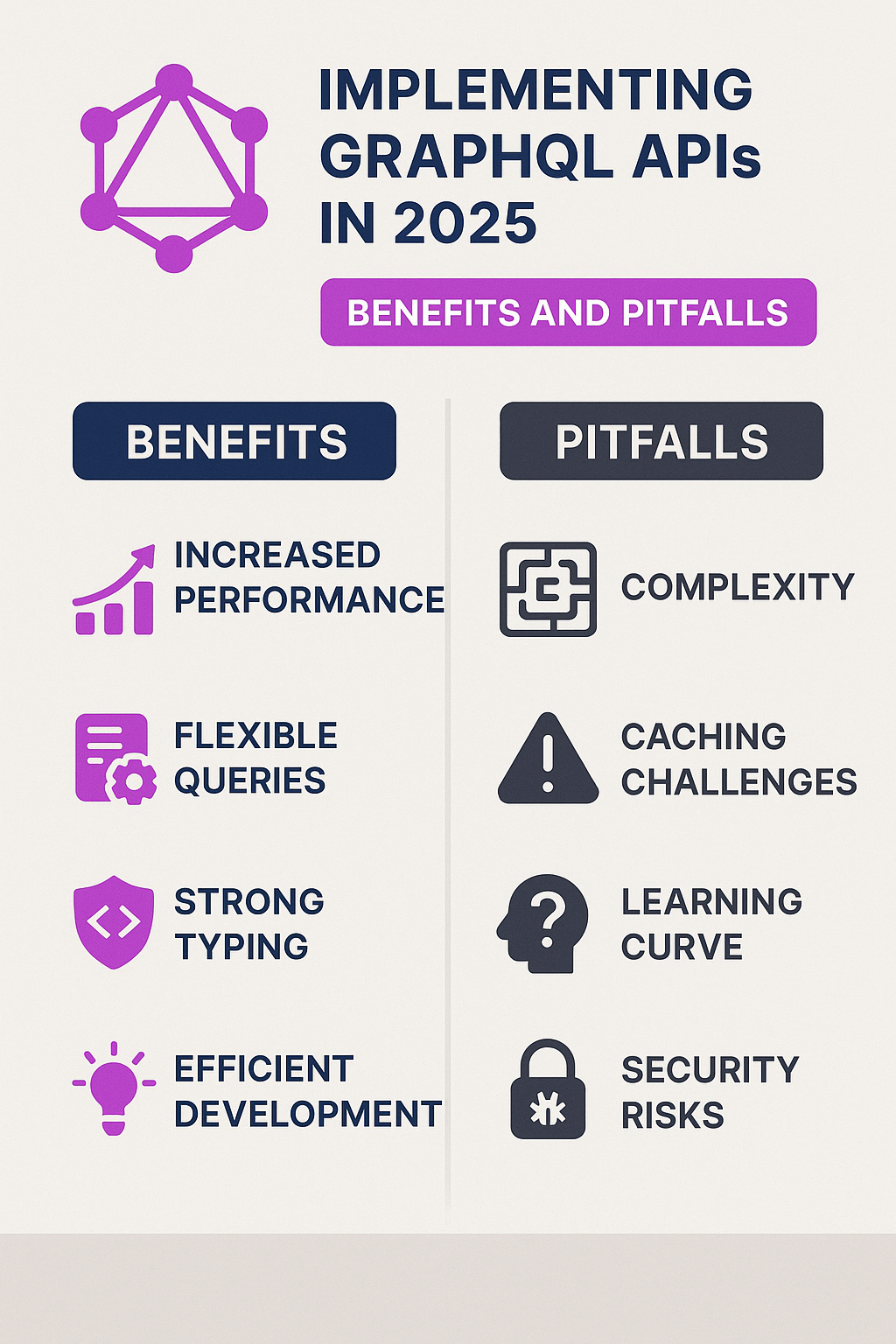
Introduction
Modern applications demand scalability, resilience, and real-time responsiveness. Event-driven architectures (EDA) have emerged as a key approach to meeting these needs, and Apache Kafka has become the de facto platform for building event-driven microservices.
This post explores how to design microservices with Kafka, covering benefits, pitfalls, and best practices to help you build scalable distributed systems in 2025.
Why Event-Driven Microservices?
Event-driven microservices rely on events (changes in state) to communicate instead of synchronous API calls. This approach:
- Decouples services for better scalability.
- Improves resilience by avoiding direct dependencies.
- Enables real-time data flows for analytics, monitoring, and notifications.
Kafka provides a durable, high-throughput event streaming platform that makes this style of communication possible at scale.
Benefits of Kafka in Microservices
- Scalability: Kafka handles millions of events per second across partitions.
- Durability: Events are persisted and can be replayed for recovery or reprocessing.
- Decoupling: Producers and consumers don’t need to know about each other.
- Streaming Analytics: Native integration with stream processing (Kafka Streams, Flink).
- Polyglot Support: Client libraries exist for most major languages.
Common Pitfalls
While powerful, designing event-driven systems with Kafka comes with challenges:
- Event Schema Management: Without proper contracts (Avro, Protobuf), breaking changes can occur.
- Event Duplication: Consumers must be idempotent to handle replays.
- Operational Complexity: Running and scaling Kafka clusters requires expertise.
- Debugging and Monitoring: Distributed event flows can be harder to trace than REST calls.
Best Practices for Designing Event-Driven Microservices
- Use Schema Registry: Enforce strong typing with Avro or Protobuf.
- Design Idempotent Consumers: Ensure services can process duplicate events safely.
- Partition Strategically: Balance throughput with ordering guarantees.
- Secure Kafka Topics: Apply authentication (SASL) and encryption (TLS).
- Implement Observability: Use tools like Kafka Connect, ksqlDB, and monitoring dashboards to trace event flows.
- Consider Event Versioning: Plan for schema evolution without breaking downstream consumers.
When to Use Kafka vs Alternatives
- Choose Kafka for high-throughput, distributed event streaming at scale.
- Use RabbitMQ for lightweight messaging patterns.
- Use REST/gRPC when synchronous request-response flows are required.
Kafka excels when your architecture involves real-time data pipelines, distributed processing, and microservices that must remain loosely coupled.
Conclusion
Designing event-driven microservices with Kafka helps teams build systems that are fast, reliable, and easy to grow. The most important things to get right from the start are clear event structures, safe handling of duplicate events, and good monitoring.
If you’re interested in protocol comparisons, check out REST vs GraphQL vs gRPC: Selecting the Right Protocol. For a more detailed look at modern API design, see Implementing GraphQL APIs in 2025: Benefits and Pitfalls.
To dive deeper into advanced usage and cluster operations, explore the Apache Kafka Documentation.



